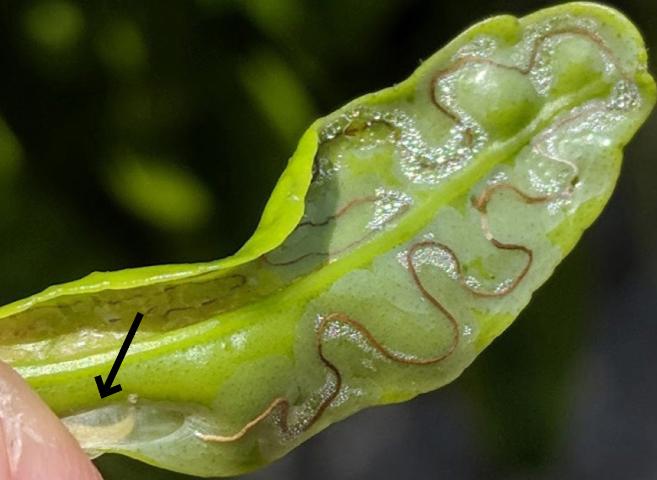Cold-hardy citrus growers need to protect their trees against the citrus leafminer this year, more so than ever. A lack of control could have negative consequences for trees still recovering from the Christmas freeze last December.

Xavier Martini, assistant professor of entomology at the University of Florida Institute of Food and Agricultural Sciences (UF/IFAS) North Florida Research and Education Center, spoke on leafminer management at the recent Citrus Health Forum in Quincy.
“We have all these trees that have lost all of their leaves, and we have new flushes on all the trees. This year more than ever, for a bearing tree, it’s very important to control leafminer,” Martini said.
According to UF/IFAS, the term “flush” describes the new foliar growth between bud break and expansion of the shoots. Trees will have multiple flushes in a year, depending on the cultivar, climate and fruit load. Trees need the new foliage since the prolonged period of subfreezing temperatures in December knocked the leaves off the trees.
“Most of the citrus trees lost most of their leaves, so they need to recreate all new canopies,” Martini said. “The leafminers will lay eggs on the young flush and then the miner will grow with the flush.”
Trees are most susceptible to the pest’s damage during the flushing period. Growers need to preserve these new flushes ahead of next harvest season.
“It’s very different from other years when you can deal with some leafminer infestation on a bearing tree. This year, you don’t want to have any issue with leafminer,” Martini added. “Be on top of that.”
Leafminer larvae feed on the flush of citrus, which causes serpentine mines to form under the leaf cuticle. This results in leaf curling and distortion. Another threat concerning citrus leafminer is that the leaf mines provide an opening for citrus canker.
ABOUT THE AUTHOR










